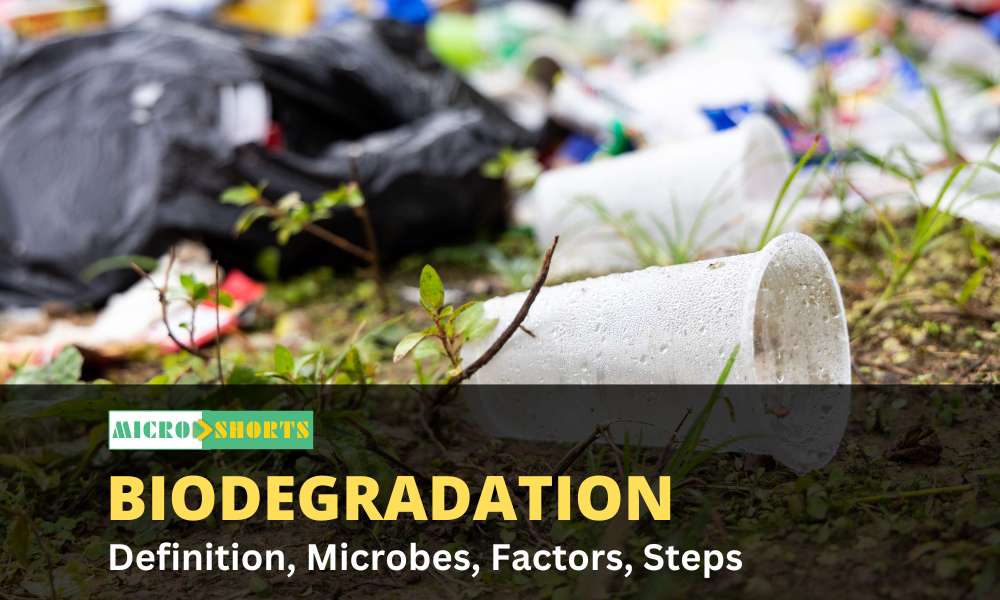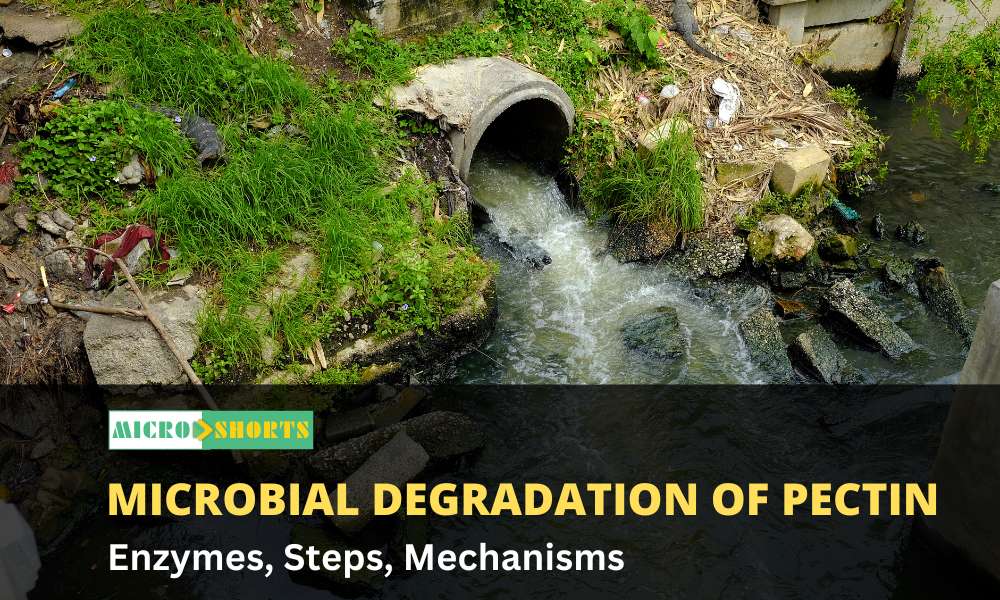Introduction
- Pasteurization
is one of the most crucial phases in the preservation and a necessity for
food safety.
- Food
must be pasteurized to destroy disease-causing germs and significantly
lower spoiling organisms.
- Pasteurization
is utilized in various food and beverage industries, but dairy processing
uses it the most.
- Pasteurization
is commonly associated with milk, for which it is used worldwide.
- It
is known as “moderate heat treatment” to prevent enzymatic and
microbiological deterioration.
- By
applying heat up to 100°C, heat-labile spoilage organisms such as
non-spore-forming bacteria, yeast, and molds are eliminated.
- Due
to the high heating and cooling demand levels, pasteurization is often an
energy-intensive process.
- Pasteurization
works best with other preservation techniques like concentration, acidity,
and chemical inhibition.
· In
pasteurizing, two processes can be used: slow and rapid.
· Slow
pasteurization uses higher pasteurization temperatures longer; typical
temperature-time combinations are 75°C for 8 to 10 minutes or 63 to 65°C for 30
minutes.
· Rapid,
high, or flash pasteurization only requires a few seconds at pasteurization
temperatures of at least 85 to 90°C. Combinations of temperature and duration
that are common include 88°C (190°F) for one minute, 100°C for 12 seconds, and
121°C for two seconds.
Pasteurization History
- Louis
Pasteur, a French scientist, developed pasteurization in the nineteenth
century. He treated wine and beer with this method.
- In
1862, this procedure used a high-temperature, short-time (HTST) method for
the first time.
- In
the early 1900s, technology developed swiftly, inspiring the development
of numerous pasteurization techniques.
- Chicago
passed the first law requiring the pasteurization of milk in 1908.
- The
holding method, known as vat pasteurization, dominated technology in the
first half of the 20th century. This method is based on batch heating the
milk for 30 minutes at roughly 63 °C.
- But
by the early 1940s, high-temperature short-time (HTST) continuous methods
had already gained widespread industrial acceptance.
- As
the procedure’s technology advanced, several temperature-application times
were put out.
- Nowadays,
plate heat exchangers are typically used to carry out HTST, a widely
acknowledged technology for pasteurizing
milk.
- A
modern pasteurization facility’s various heating and cooling stages ensure
the milk reaches the proper temperatures.
Purpose of Pasteurization
- It
is not the goal of pasteurization to eradicate all microbes from food.
Instead, it helps to lower the number of live germs, making them less
likely to spread disease if proper conditions are applied to storage
conditions.
- It
is regularly utilized as a CCP in many HACCP plans and is widely used in
the food sector.
- Pasteurization
is typically employed to eliminate all disease-causing organisms (as in
the case of pasteurizing milk) or to lessen the number of organisms that
cause food to spoil, as in the case of vinegar.
- The
pasteurization neutralizes all non-spore-forming pathogenic bacteria, most
vegetative spoiling microorganisms, and slows or halts microbial and
enzyme activity.
- It
extends food’s shelf life at low temperatures, usually 4°C for a few days
(for instance, milk) or months (e.g., bottled fruit).
Pasteurization of different foods and their purpose
Types of Pasteurization
1. Vat Pasteurization or low temperature
- Vat
pasteurizer consists of a temperature-controlled, closed vat.
- Additionally,
it is called batch pasteurization or low-temperature, or prolonged
pasteurization.
- The
food product is brought to a temperature between 62 °C to 64 °C and
maintained there for about 30 minutes, and then swiftly cooled.
- The
shelf life of pasteurized food in a refrigerator is two to three weeks.
- The
raw material is added into the pasteurization vat, heating it to the
required temperature, maintained for the required period, utilizing
cooling technology, and finally pumping the material out of the vat.
- In
the dairy business, milk is thoroughly pasteurized in vats before making
ice cream, cheese, yogurt, and other typical food items.
- Today,
smaller businesses and items other than milk are the main uses for
vat/batch pasteurization.
- However,
significant corporations occasionally use it (e.g., fruit
juices).
Advantages
- Vat
pasteurization works effectively for low-volume items in bigger
enterprises and small plants.
- They
are particularly well suited to processing cultured products like buttermilk
and sour cream, which require mixing for the incorporation of starter,
several hours of quiescent holding for incubation, agitation for breaking
the curd, and final cooling the tank in addition to being pasteurized and
cooled.
Disadvantages
- Pasteurization
in vats often occurs in batches and is, therefore, slow.
- Although
manual controls are employed, the operator must always pay close attention
to avoid overheating, over-holding, and burning.
- Since
the vat cannot regenerate heat, heating, and cooling are relatively
expensive.
|
Product |
Temperature |
Time |
|
Milk |
62 °C |
30 minutes |
|
Cream, yogurt |
65 °C |
30 minutes |
|
Eggnog, frozen dessert mixes |
69 °C |
30 minutes |
Table: Vat pasteurization temperature and time for food
products
2. High Temperature/Short Time (HTST)
- HTST
pasteurization is also referred to as flash pasteurization or the
continuous method.
- HTST
pasteurization stands for high-temperature, short-time processing.
- It
is currently one of the most popular pasteurization techniques.
- The
liquid is heated to temperatures between 71.5 °C to 74 °C for
approximately 15 to 30 seconds or between 74°C to 76°C for 15 to 20
seconds, followed by rapidly cooling to between 4°C and 5.5 °C using a
continuous heat exchanger.
- It
targets harmful bacterial spores that are resistant (Clostridium
botulinum spores).
- A
typical refrigerated shelf-life for HTST pasteurized milk is two to three
weeks.
- The
HTST pasteurization should eliminate nearly all yeasts, mold, common
spoilage, and harmful bacteria by achieving a 5-log reduction in the
number of live microorganisms in milk.
Advantages
- The
color and flavor are better preserved.
- Suitable
for milk products, juice/puree-based goods, and legged beer products.
Disadvantages
- This
approach can be used in fewer manufacturing facilities.
- It
is pretty expensive.
3. Ultra pasteurization (UP)
- In
the same way as the HTST process, ultra-pasteurization is also carried out
at a higher temperature using slightly different tools.
- UP
pasteurized products have a longer shelf life but still require
refrigeration.
- Different
dairy products require different pasteurization processes depending on the
product’s fat level.
- Ice
cream, dairy dessert mixes, cream, or processed cheese need stronger
treatment, such as 70°C for 25–30 min. or 80°C for 25 s.
Advantages
- The
shelf life of milk is greatly extended by ultrapasteurization.
Disadvantages
- The
milk does not taste like conventional pasteurized milk and contains up to
20% fewer vitamins A, D, and E than conventional pasteurized milk.
- The
shelf life of pasteurized milk is shorter once opened due to decreased
levels of antimicrobials, helpful bacteria, and enzymes.
4. Ultra-High-temperature (UHT)
- Ultra-high
temperature (UHT) is currently utilized to preserve milk.
- The
milk is sterilized at 135°C for 2–5 seconds before packaging, then
aseptically put into containers.
- Despite
being left out of the refrigerator, UHT milk sometimes lasts six to nine
months.
- UHT
treatment is also anticipated to eliminate bacterial spores.
Advantages
- It
has shorter processing times
- It
exhibits longer shelf lives
Disadvantages
- Sterilization
Reduces the Nutritional Value of Milk
- UHT
Treatment uses a lot of energy
- The
UHT Process changes the original flavor of milk.
- UHT
milk packaging is not biodegradable.
Microorganisms killed by pasteurization
- Acid
producers- Streptococci, Lactobacilli, Microbacteria, Coliforms, Micrococci
- Gas
producers- Coliforms, Clostridium butyricum, Torula cremoris
- Ropy
or stringy fermentation- Alcaligenes viscolactis, Enterobacter
aerogenes
- Proteolytic
organisms- Bacillus spp., Pseudomonas spp., Proteus spp., Streptococcus liquefaciens
- Lipolytic
organisms- Pseudomonas fluorescens, Achromobactor
lipolyticum, Candida lipolytica, Penicillium spp.










Comments